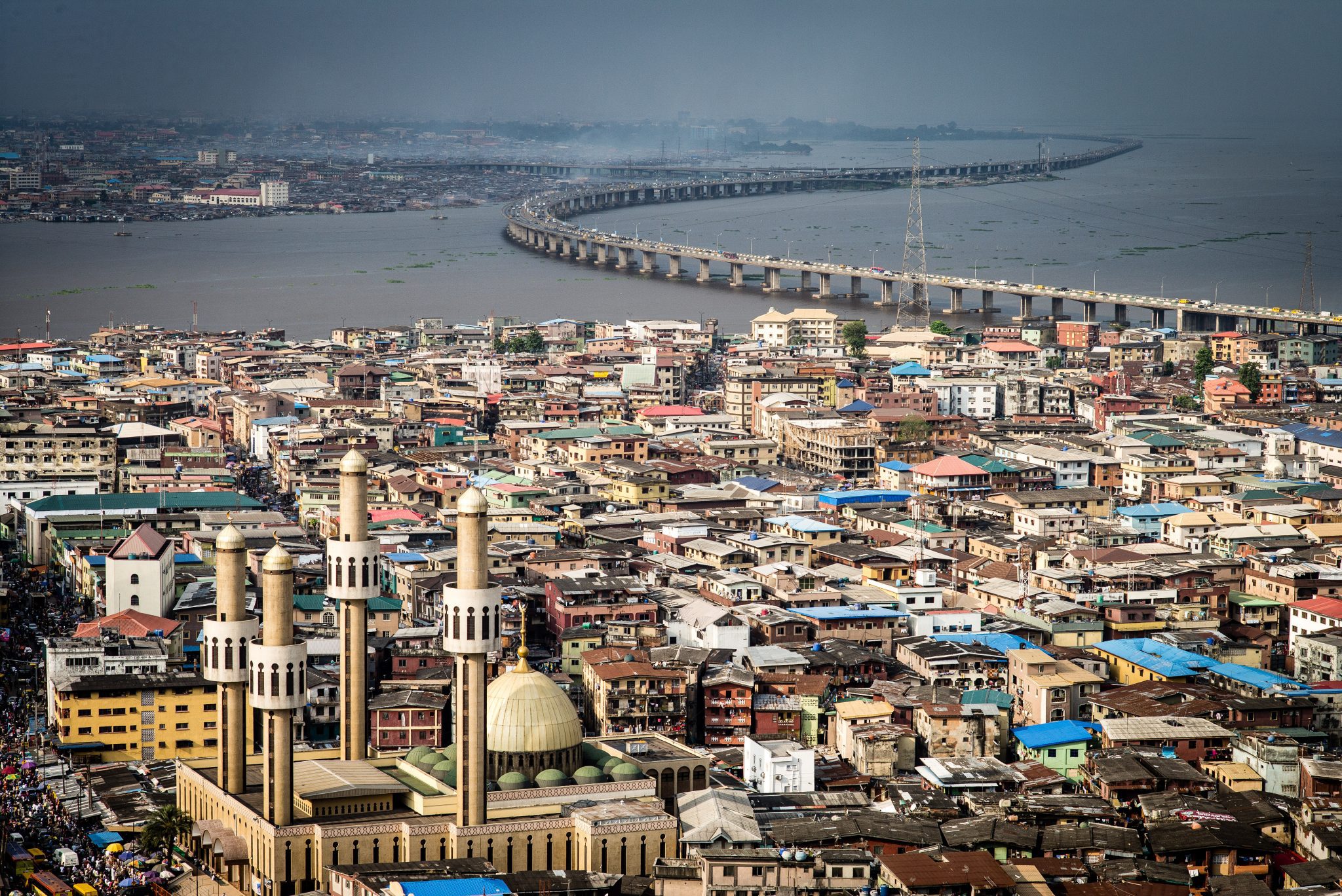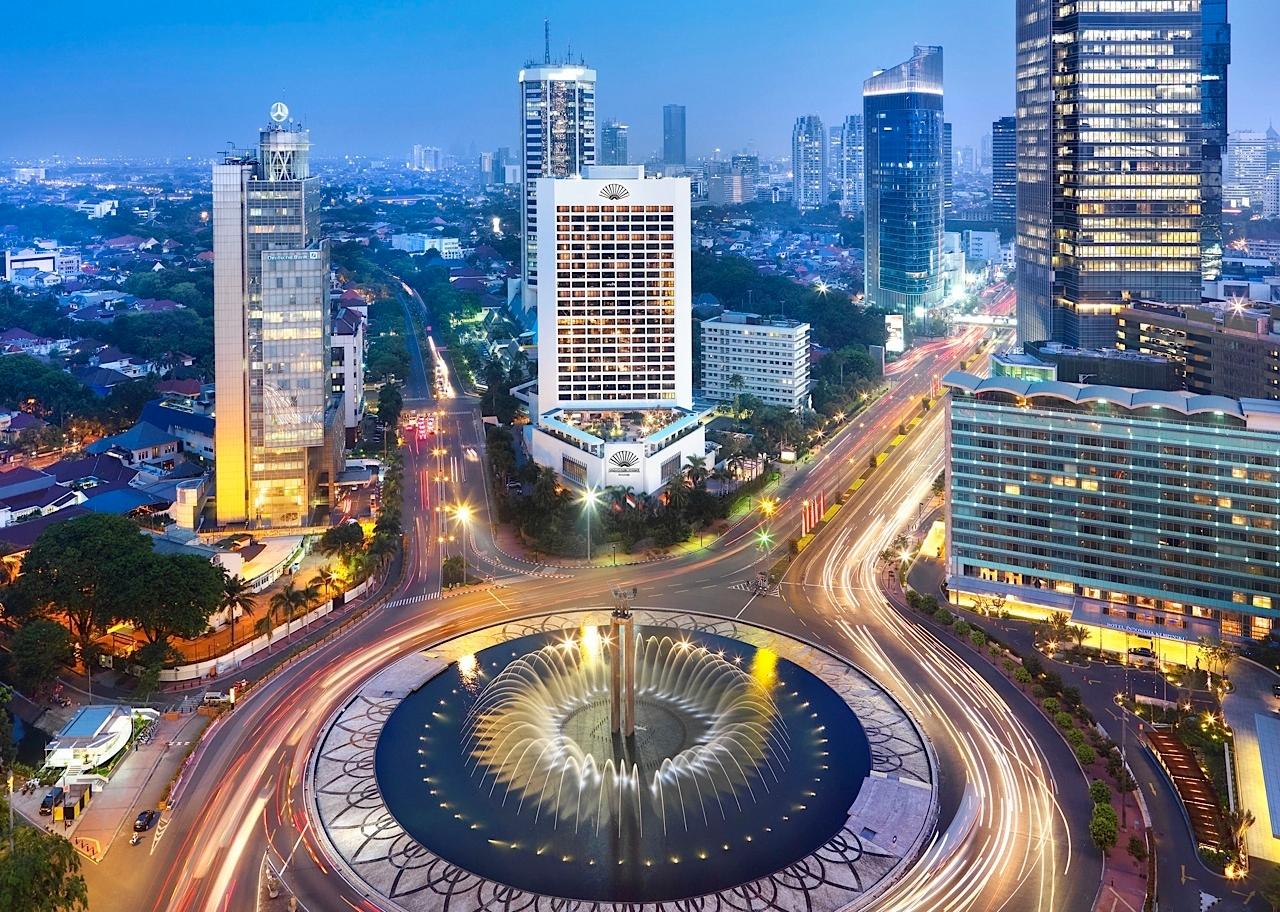Have you ever wondered about the structure of a nation's armed forces, especially in a country as vibrant and significant as Nigeria? It's a rather fascinating subject, you know, to look at how a military organizes its people. Nigeria, a country that gained its independence in 1960 and then became a republic in 1963, has a military force with a very clear system of ranks. This structure helps keep things in order and ensures everyone knows their role within the land forces.
Nigeria, a federal republic, is made up of 36 states and its federal capital territory, Abuja. It's a country located on the western coast of Africa, and it truly does have a diverse geography, with climates that range from arid in some places to humid equatorial in others. To its south, there's a long coastline, and it borders other nations like Benin to the west, Chad and Cameroon to the east, and Niger to the north. This strategic location, you see, means its military, particularly its army, plays a very important part in regional stability.
The Nigerian Army, which is the land force of Nigeria’s military, actually traces its origins back to British colonial forces that were active in West Africa. So, in a way, its heritage is quite old, and that history shapes how it operates even today. Knowing about the ranks within this army gives us a good sense of its command structure and how its personnel are organized, which is pretty interesting, if you ask me.
Table of Contents
- The Nigerian Army's Roots and Its Big Formations
- How Nigerian Army Ranks Are Patterned
- A Closer Look at a High Rank: Lieutenant General
- Symbols and What They Mean on Uniforms
- Commissioned Officers and Their Pay
- Frequently Asked Questions About Nigerian Army Ranks
The Nigerian Army's Roots and Its Big Formations
The Nigerian Army, as we know it today, is the main land component of Nigeria's overall military strength. It's a very big organization, and its beginnings, as a matter of fact, go back to the British colonial period in West Africa. This historical connection means that some of its traditions and structures are somewhat similar to those found in the British military, which is quite common for countries with a colonial past.
This army is organized into several large operational units, which are often called divisions. These divisions are like big teams, each with a specific area of responsibility or a particular type of task. For instance, some of the major formations within the Nigerian Army include the 1st Division, which is a very well-known unit. Then there's the 2nd Division, and also the 3rd Armoured Division, which, you know, specializes in tanks and armored vehicles. These are quite powerful formations.
Beyond those, there's also the 81st Division and the 82nd Division, each playing its own part in the country's defense and security efforts. More recently, there have been some new additions to this structure, with the formation of the 8th, 7th, and 6th divisions. So, too it's almost like the army is constantly adapting and growing to meet the needs of the nation, which is quite typical for a modern military force. These divisions, each with thousands of soldiers, are the backbone of the army's operational capability across the country.
How Nigerian Army Ranks Are Patterned
When you look at the badges of rank worn by members of the Nigerian Army, you might notice something rather familiar. It's interesting, but their design is mostly patterned after those of the British Army. This connection, you see, comes from the historical ties we just talked about, going back to the colonial forces. It’s a bit like a shared heritage in military tradition.
However, there's a key difference that makes the Nigerian Army's ranks uniquely its own. Instead of the British crown, which you would find on many British military insignia, the Nigerian Army uses the Nigerian eagle. This eagle, actually, comes directly from the country's coat of arms, so it's a really important national symbol. It replaces the crown on the badges of rank, giving them a distinct Nigerian identity, which is pretty neat.
So, while the overall structure and some of the rank names might feel familiar to someone who knows about the British military, the visual representation, particularly that eagle, clearly shows that these are the ranks of the Nigerian Army. This blend of tradition and national identity is something you often find in military forces around the world, and it's certainly true here. You can learn more about the Nigerian Army on our site, for a deeper look into its history and roles.
A Closer Look at a High Rank: Lieutenant General
Let's take a specific example to really get a feel for the ranking system within the Nigerian Army. A lieutenant general, for instance, holds a very significant position. This rank is, in fact, the third highest rank that an officer can achieve within the entire Nigerian Army. That's a pretty big deal, you know, to be so high up in the chain of command.
An officer who has attained the rank of lieutenant general has a truly immense amount of responsibility. Someone at this level can command as many as three army divisions. Now, think about that for a moment: commanding three divisions means overseeing tens of thousands of troops. That's a huge number of people and a vast amount of equipment and operations to manage, which is quite a challenge.
The role of a lieutenant general is therefore critical for strategic planning and large-scale military operations. They are involved in very important decisions that affect the security of the nation. This particular rank, like others, comes with its own distinct insignia, which helps to identify the officer's position and authority very clearly.
Symbols and What They Mean on Uniforms
Every rank in the Nigerian Army comes with its own set of symbols, worn on the uniform, that tell you exactly what position an officer holds. These symbols are not just decorative; they are very important visual cues that communicate authority and responsibility. For a lieutenant general, as we were just discussing, their insignia is quite specific and recognizable.
The insignia of a lieutenant general includes an eagle, a star, and a sword crossed with a baton. The eagle, as we mentioned earlier, is a very significant national symbol, representing Nigeria itself. It's a powerful image, suggesting strength and vigilance. The star, too, is a common military symbol often associated with high rank and distinction, so it makes sense it would be there.
Then you have the crossed sword and baton. The sword, of course, traditionally represents military command and the power to lead troops in battle. The baton, on the other hand, often symbolizes a field marshal's authority, or perhaps a general's authority to command large formations. So, together, these elements create a visual representation of a very senior officer who has significant command over many soldiers and is responsible for major military undertakings. These symbols are, you know, a very clear way to show who's in charge.
Commissioned Officers and Their Pay
Within the Nigerian Army, there are different categories of personnel, and one very important group is the commissioned officers. These individuals are professionally trained leaders, and they receive their commission directly from the President of Nigeria. This means they are formally recognized by the head of state as officers with authority and leadership roles, which is a pretty big deal.
Commissioned officers are the ones who typically hold the ranks we've been discussing, from the lowest officer ranks all the way up to the very highest, like the lieutenant general. Their training is quite rigorous, preparing them for the significant responsibilities they will carry, whether it's leading a small unit or commanding thousands of troops. So, they are, you know, the ones who guide and direct the army's operations.
Regarding their compensation, there's a salary structure that depends on their official rank. For example, the monthly salary structure of the Nigerian Army for 2025 has been detailed based on these official ranks. While specific figures aren't always public knowledge in great detail, the fact that there's a clear breakdown for 2025 means the system is structured and transparent in its pay scales for different levels of command. This helps ensure that officers are compensated fairly for their duties and their position within the military hierarchy. Discover more about military structures and how they affect personnel compensation.
Frequently Asked Questions About Nigerian Army Ranks
What is the highest rank in the Nigerian Army?
While the information provided specifically mentions Lieutenant General as the third highest rank, it does not explicitly state the absolute highest rank. However, based on the structure of militaries patterned after the British system, the ranks above Lieutenant General would typically be General and Field Marshal, with General usually being the highest active command rank.
Do Nigerian Army ranks have different salary scales?
Yes, they do. The text mentions that there is a breakdown of the monthly salary structure of the Nigerian Army for 2025, which is based on official ranks. This indicates that different ranks come with different pay levels, with higher ranks generally receiving more compensation, which is pretty standard for any professional organization.
Where does the Nigerian Army get its ranking system inspiration from?
The Nigerian Army's ranking system, particularly the badges of rank, is mostly patterned after those of the British Army. This is because the Nigerian Army traces its origins to British colonial forces that were present in West Africa. However, a key difference is that the Nigerian eagle, from the country's coat of arms, replaces the British crown on the insignia, making it uniquely Nigerian.



Detail Author:
- Name : Prof. Richmond Jaskolski
- Username : gklocko
- Email : wilma43@yahoo.com
- Birthdate : 1999-03-15
- Address : 79440 Woodrow Square East Eulaliahaven, MA 15343-4522
- Phone : 1-978-709-9202
- Company : Dach, Steuber and Ziemann
- Job : Ship Pilot
- Bio : Mollitia sit repellendus nostrum. Quasi ipsum autem fugiat sit odio ab. Sit molestias porro exercitationem error. Maxime sunt molestias vel maxime.
Socials
linkedin:
- url : https://linkedin.com/in/robel2020
- username : robel2020
- bio : Sint nulla debitis sit.
- followers : 4741
- following : 1366
facebook:
- url : https://facebook.com/suzanne_id
- username : suzanne_id
- bio : Nihil animi ex non consequatur. Dolores ea ut ut laboriosam.
- followers : 4949
- following : 86
instagram:
- url : https://instagram.com/suzanne9961
- username : suzanne9961
- bio : Repudiandae laborum hic facilis animi. Facere qui molestiae expedita itaque eos.
- followers : 5096
- following : 641
tiktok:
- url : https://tiktok.com/@robel2005
- username : robel2005
- bio : Eaque qui perferendis adipisci dolores. Quis vel distinctio eos.
- followers : 2809
- following : 2637
twitter:
- url : https://twitter.com/robel1988
- username : robel1988
- bio : Corrupti eaque ab qui in quisquam. Voluptas eaque deserunt illum omnis fugit aliquid veritatis. Voluptatem est eum velit delectus qui assumenda.
- followers : 2577
- following : 552